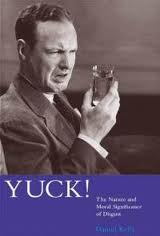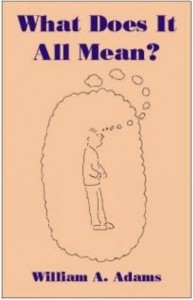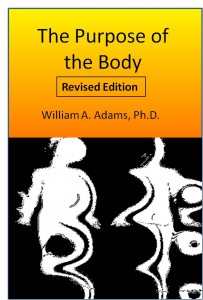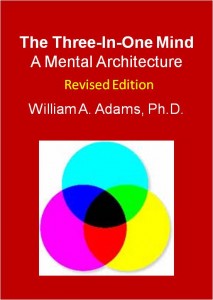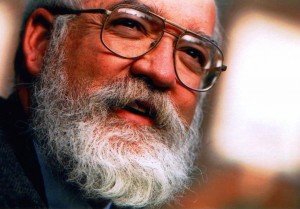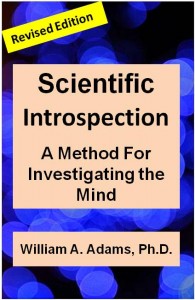A Slog Through Marital Muck
Hadley, Tessa (2011). The London Train. New York: Harper Collins.
Nothing happens in this family drama about strained marriages and estranged children, unless you think those kind of events count as “something happening.” Seems like all this material has been covered a million times before. Only strong characters could make us care.
This novel is a concatenation of two novellas so there are two main characters. In the first half of the book, the main character is Paul, in a strained second marriage in Cardiff. His daughter by his first wife disappears and he finds her in London, using the eponymous train. She is squatting in an apartment with an older man and his sister, and she is pregnant. In multiple visits, Paul hangs out with them, sleeping on the floor, trying to convince his daughter to return home, but gradually he comes to appreciate her freedom (and the attractiveness of her boyfriend’s sister).
The second novella features Cora, an unrelated character, a London woman temporarily living in Cardiff, working part time in a library there while she renovates a country house inherited from her parents. She is separated from her husband. You’ll never guess who she meets on the London train and develops a passionate affair with.
The characters did not redeem the mundane story for me, mainly because of poor narration. The omniscient-close narrator is too intrusive and domineering, telling us how things are rather than letting the characters show themselves.
“Paul felt he must tell Pia about her grandmother, but couldn’t bring himself to do it in front of a stranger” … “[The television] distracted Paul, but the others didn’t take any notice. He felt the absurdity of his playing the part of the offended protective father, given his own history with Pia; and it almost seemed as if Marek understood this, reassuring him to help him out, amused at him.”
Those are some interesting relationship dynamics, and they might have been brought out in a scene, but instead they are just told to us, not shown by the characters. There is little dialog in the book, and when it occurs, the conversations are brief and trivial, not revealing.
It’s the same for Cora’s novella: the narrator tells us, “She was in fact quite wrong about what Robert thought, but she seemed to hear these opinions uttered in his reasonable, reluctant, rather growling voice, which never ran on unnecessarily, but chopped and cut to minimize wasted words, always holding something back.”
That’s a nice description of a dialog the author didn’t write.
Despite some well-observed moments, the writing fails to bring the characters alive, the storyline lacks page-turning motivation, and the narration is oppressive, so the result is merely a thick slog.


